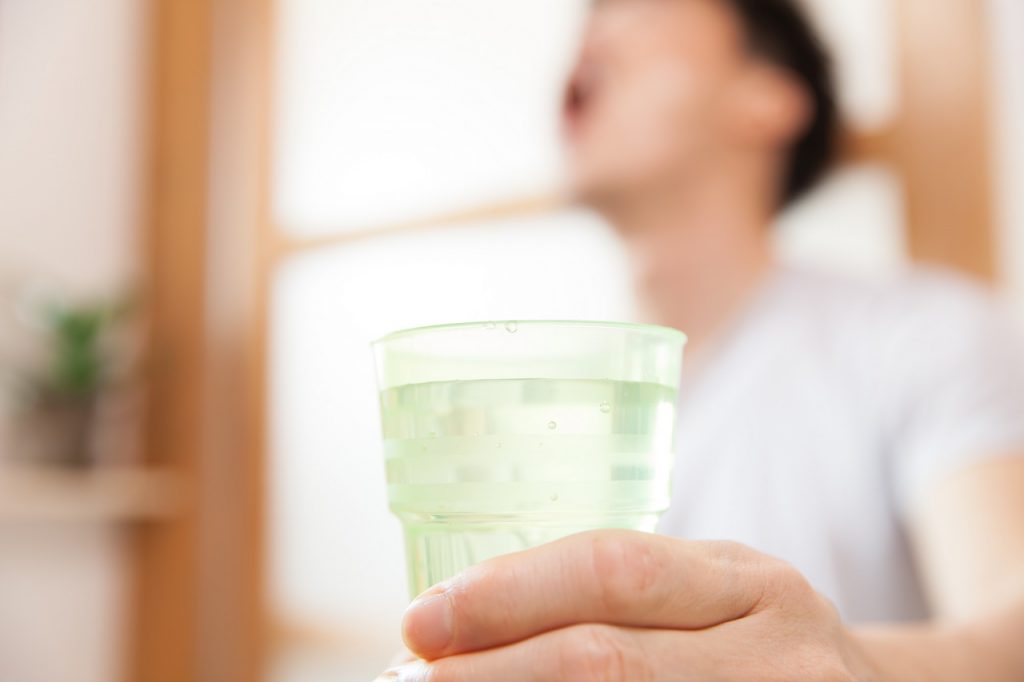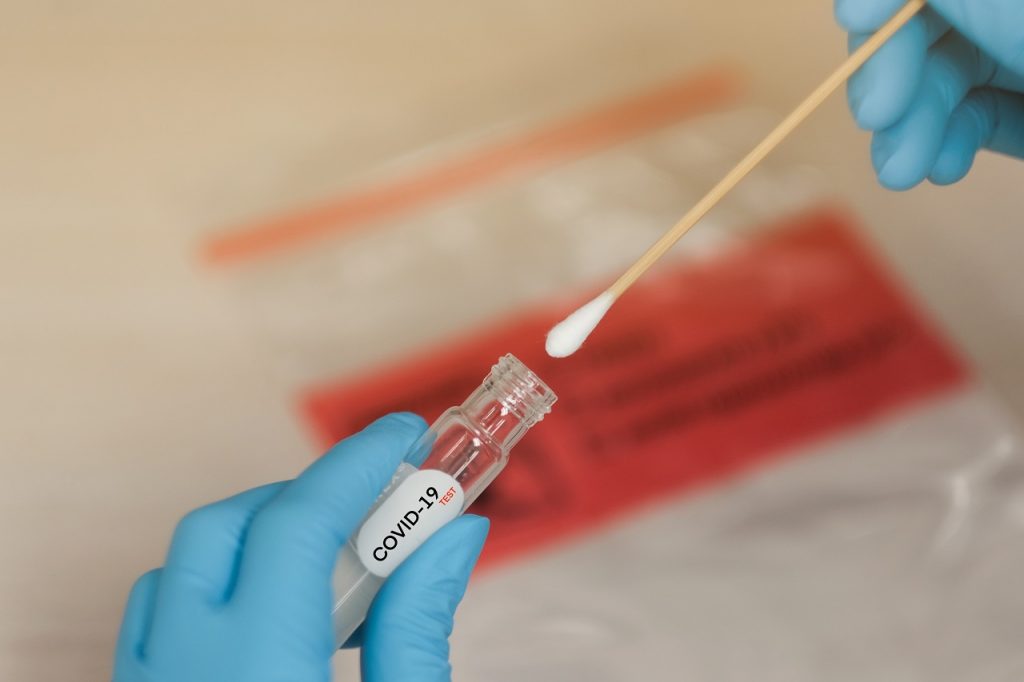 Earlier in April, my cousin visited three hospitals in Delhi with his father, trying to get an oxygen bed for him. His father was tested negative for COVID-19 in the RT-PCR test, but was showing symptoms of the disease. His oxygen levels dropped to <90 and HRCT showed infection and pneumonia. Due to the false negative RT PCR Test report, his father had not received proper and timely treatment and after a week, the disease progressed and damaged more than 50% of his lungs.
Earlier in April, my cousin visited three hospitals in Delhi with his father, trying to get an oxygen bed for him. His father was tested negative for COVID-19 in the RT-PCR test, but was showing symptoms of the disease. His oxygen levels dropped to <90 and HRCT showed infection and pneumonia. Due to the false negative RT PCR Test report, his father had not received proper and timely treatment and after a week, the disease progressed and damaged more than 50% of his lungs.
India is currently going through the second wave of COVID-19 and the virus is said to be more infectious than it was previously. Due to the new structure of the double and triple mutant variant of the virus, it is undetectable in the RT-PCR test. Earlier fever, cough and difficulty in breathing were said to be the most common symptoms of the deadly virus but now, it’s important to be aware of the newest symptoms (like diarrhoea, vomiting, conjunctivitis) to be able to identify them, to take timely treatment and avoid complications. It’s important to know the four broad factors which determine the accuracy of an RT-PCR test: the viral load in the person, the quality of sample collection and processing, the efficacy of the test kit itself, and also the benchmark for test interpretation.
The Centre for Disease Control (CDC) and Prevention added new triggers and updated the list of COVID-19 symptoms:
- Fever (mild or high)
- Cough
- Shortness of breath
- Persistent pain or pressure in the chest
- Loss of appetite
- Muscle or body aches
- Headache
- Nasal congestion
- Loss of taste or smell
- Skin rashes
- Sore throat
- Congestion or runny nose
- Gastrointestinal symptoms like diarrhoea, vomiting, nausea, abdominal cramps
- Red Eyes or conjunctivitis
- Hearing loss
- Extreme lethargy and weakness
- Dry mouth or not enough saliva
- Confusion state and brain fog
According to AIIMS Director Dr. Randeep Guleria, there is always a chance that it is a false negative, “If the test is not properly done or a swab is not taken properly, it shall be a false negative. If the symptoms are there and you have been in contact with a COVID positive person, then you must assume you are COVID positive too and take the necessary steps as any patient would,”
Dr Anurag Agarwal, director of the National Institute of Biomedical Genomics said, “What people should remember is that PCR has a sensitivity of 70%. The load of the virus in one’s mouth and nose remain the highest a day before the symptoms start showing. Then the virus load gradually decreases. If people get tested late after 7 to 8 days, it is possible to get a negative test report because the virus may have travelled inside the body”.
So, the bottom line is this, if you test negative but still have any of the above-mentioned symptoms then take normal precautions as one would if tested positive. Consult a doctor and also isolate yourself, have plenty of fluids, a nutritional diet and supportive care.
How To Manage Mild Symptoms If The RT PCR Tests Negative
If the RT PCR tests negative, and you have any of the above symptoms, here’s what you can do to manage the milder ones.
- Isolate yourself in a separate room with a working bathroom/toilet if possible.
- Wear triple sharing masks covering your nose and mouth whenever you open the door. Those entering your room should do the same. Also, discard the mask after eight hours.
- Make sure to wash your hands frequently with soap or use 70% alcohol-based sanitiser. You should also clean your room yourself with a disinfectant.
- If possible, open windows for better ventilation.
- Utensils should be cleaned wearing gloves with soap. Best to use disposables and it is strongly advised not to use personal items with others.
- Frequently check your temperature for mild fever, body ache can take a paracetamol or Dolo 650.
- Monitor your oxygen levels at least every 4-6 hours. If your breaths are too fast, take a six-minute walk and try again.
- Keep yourself hydrated and have a healthy diet even if you can’t taste or smell a thing. Proper hydration and a healthy diet will ensure a faster recovery.
Seek emergency medical care in any of these cases:
- Oxygen level on oximeter shows less than 94%
- Shortness of breath worsens
- Lips or face turn blue-ish
- Feeling of disorientation increases
- Fever of 101 F (38C) persists for more than three days
- If you feel tightness pain in the chest
- Slurred speech or seizure
- Unable to wake up or sudden and extreme weakness
We hope this article helps you! Do be aware of these symptoms and take necessary precautions if your RT PCR tests negative.
To read more on COVID-19 management, check out Healthy Reads or tune in to LIVE sessions by experts on GOQii Play. To directly reach out to a GOQii Coach, subscribe to personalized coaching here: https://goqiiapp.page.link/wssu
Stay home, stay safe and #BeTheForce


 Viral infections are responsible for global morbidity rates across the world. With the second wave of COVID-19 hitting the country hard, It has become an absolute necessity to focus on the treatment as well as prevention of the deadly virus. While the epidemic has already claimed more than 200,000 lives in the country, people are more aware of the immediate need to take precautions than ever before by focusing more on building one’s immunity as well as overall health. One of the key ingredients for good immunity is eating lots of antiviral foods.
Viral infections are responsible for global morbidity rates across the world. With the second wave of COVID-19 hitting the country hard, It has become an absolute necessity to focus on the treatment as well as prevention of the deadly virus. While the epidemic has already claimed more than 200,000 lives in the country, people are more aware of the immediate need to take precautions than ever before by focusing more on building one’s immunity as well as overall health. One of the key ingredients for good immunity is eating lots of antiviral foods. 


